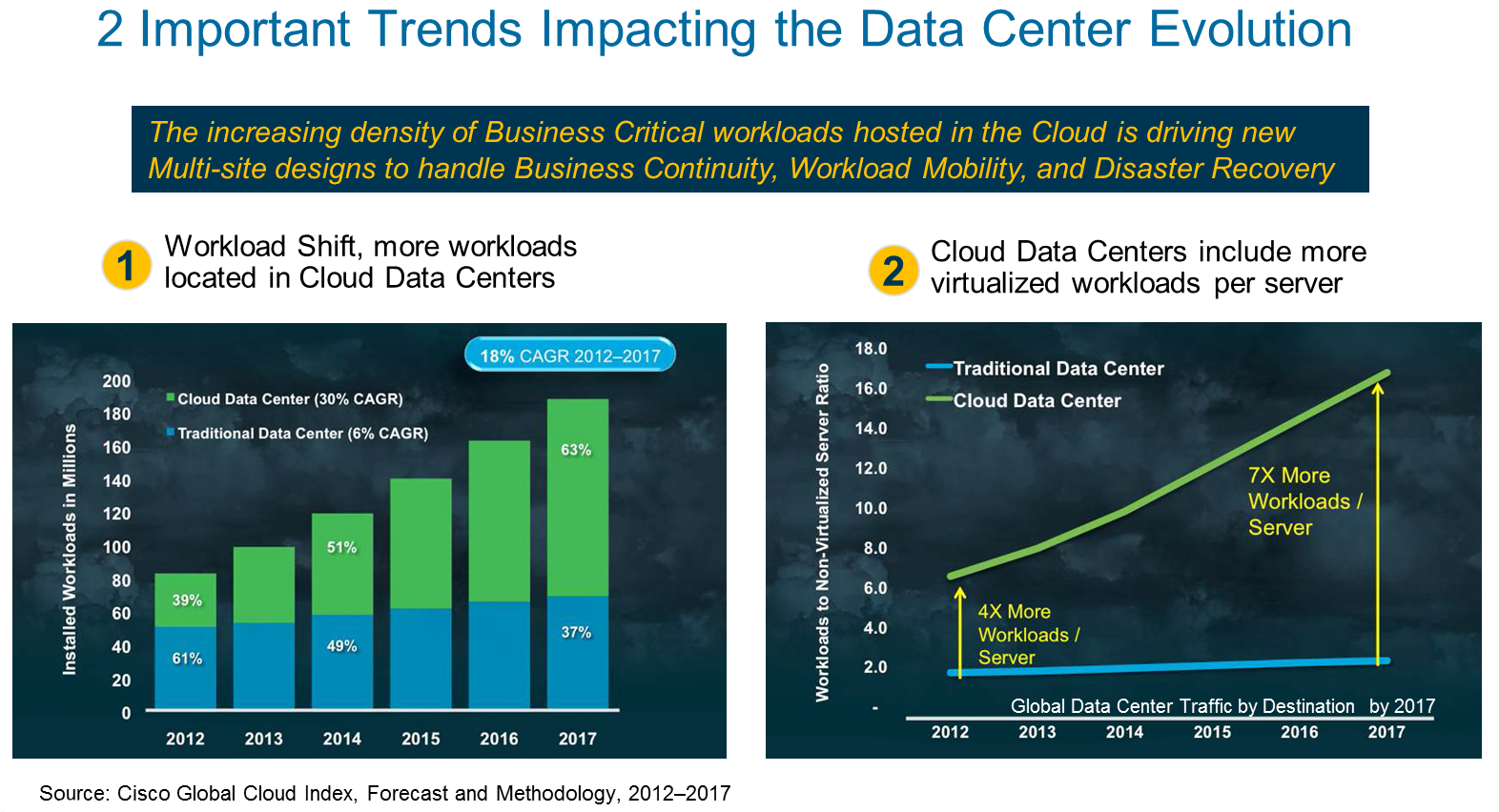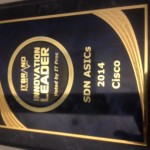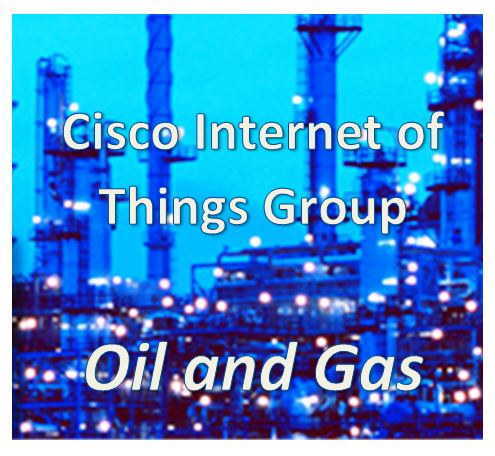Glen Hiemstra, CEO of Futurist.com, shares his perspective on why the world needs the Internet of Everything. See the latest “My #InternetOfEverything Perspectives” blogs from Tom Touchet of City24/7 and Dave Barnes, CIO of UPS.
The role of a futurist was a little different in the pre-Internet world. During the 1980s, I had the chance to hear Willis Harmon, a futurist at Stanford Research, speak about computers and the global society. He discussed that everyone has this perception that the “computerization of everything” was making the world more complex. Rather than confining to everyone else’s opinion, he offered up a more unique perspective. He wanted people to consider that maybe the increasing complexity of global society was causing computerization. It’s a classic chicken before the egg debacle.
The same line of reasoning can be applied to the Internet of Everything (IoE). Rather than thinking of all the changes that IoE is bringing or enabling, it may be useful to think of all the global challenges that could be solved by connecting people, process, data and things. Cisco’s Chief Futurist Dave Evans recently discussed how the IoE is making the world a better place, and I want to expand on his ideas a bit and showcase how valuable, networked connections are enabling a more efficient future.

Here’s a look at just two ways IoE is changing how we address multifaceted issues on a global scale.
The Internet of Everything Enables Connected Environmentalism
Have you ever considered that the civilization we created in the last 100 years, and the Internet of Everything for that matter, depend heavily on our ability to locate new sources of long-dead plants and animals, dig them up, and light them on fire? I heard Bruce Sterling discuss this idea from his book “Tomorrow Now: Envisioning the Next 50 Years” once at an event. It’s true – we live an extremely primitive life when we sum up what Sterling refers to as the “human race’s primary industrial enterprise.”
We are well aware of the future problems that this life is creating.
By the end of the next decade or so we will either have figured out how to use smart technology to reduce the carbon and other green-house gas impacts of our insatiable global energy generation needs, or make significant cut-backs in life-style will be on the horizon. Evidence for the global climate crisis is likely to continue to accumulate, and thus we will see greater social and political pressure for major change in the energy picture, including more efficiency and cleaner energy.
None of that happens without a highly connected data network, which enables both smart people inventing new things, and smart devices and infrastructure and vehicles making leaps in efficiency (and safety too!). This social movement is likely to become more powerful if the ice in the Arctic fully melts out one summer in coming decades, as many experts suspect that it will.
The Internet of Everything Drives the Future of Transportation
Our everyday transportation has its benefits, like getting us to and from work. However, as more car crashes continue to claim lives, the rise of smart transportation, connected workers and changing attitudes about driving could help improve safety and positively impact the environment.
In addition, recent surveys prove that younger generations are less likely to obtain their driver’s license. Does this mean that we are over the thrill of driving? Seems like it. Surveys show that if given the option between having a car or having a smart device, people increasingly choose the smart device. In fact, our main reason for driving since the car was invented was to commute to and from work. According to some recent Tweets, people today desire four major things during their commute:
1) Get from point A to B
2) Get work done
3) Improve or not damage the environment
4) Enjoy their personal interests
What if we could experience all four of these things without driving? A smart infrastructure combined with smart private and transit vehicles capable of autonomous driving could make this happen. But we have a long way to go if that kind of future transportation is to be made available, including the need for smart roads that provide extensive information and smart vehicles that talk to the infrastructure and each other.
Being a futurist has definitely changed in the last 30 years, and I am sure it will be much different in the next 30 years. But one thing is for sure: if we still want to even have a future, we need to solve today’s global problems, starting with the environment and transportation. And the IoE is just the way to make it happen.
Do you know of any other global challenges that IoE can solve? Share them with us in the comments section below or join the conversation, #InternetOfEverything. And be sure to listen to the new Future of Mobility Podcast I recently participated in with Dave Evans, Cisco Chief Futurist. A summary of the podcast can found on SlideShare.
Additional Resources:
Share:



 Recently I have join the
Recently I have join the 
 Contributed By Dr. Ken Morse, Chief Technology Officer of Connected Devices at Cisco
Contributed By Dr. Ken Morse, Chief Technology Officer of Connected Devices at Cisco
CONNECT WITH US